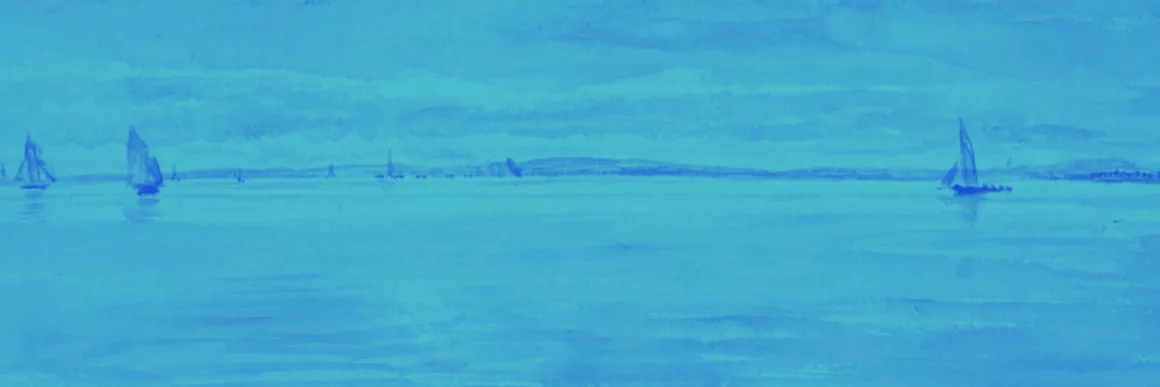What might romantic minimality and brevity suggest as alternative additions to our critical vocabulary in romantic studies? How do they allow us to think differently—and briefly—about a constellation of questions and perspectives that throw into relief the necessity to think through the small, negligent, obscure, too little or too much, the ephemeral, the mere there is the all but not there? The authors of the position papers collected for this issue were each asked to respond to just these kinds of prompts, and to keep their arguments operatively brief. Conciseness and intensification in service of our theme of brevity and minimality was the order of the day. The space between stanzas, like the disappearance of a ruin into history, became equal considerations for reflecting on the brevity of things that the larger “life” of romanticism cannot ever ignore.
Abstract
What might romantic minimality and brevity suggest as alternative additions to our critical vocabulary in romantic studies? How do they allow us to think differently—and briefly—about a constellation of questions and perspectives that throw into relief the necessity to think through the small, negligent, obscure, too little or too much, the ephemeral, the mere there is, the all but not there? The authors of the position papers collected for this issue were each asked to respond to just these kinds of prompts, and to keep their arguments operatively brief.
Abstract
In “The Rhetoric of Temporality,” Paul de Man invokes allegory and irony as two distinct perspectives on the question on time: the former responding to an epistemological problem by transposing it into temporal sequence and the latter collapsing temporal sequence into simultaneity.
Abstract
This essay addresses Percy Shelley’s exploration of linguistic brevity as a temporal and spatial phenomenon. Beginning with Shelley’s rethinking of John Horne Tooke’s account of grammatical abbreviation and of the tropological and iconographic significance of the figure of the wingéd Hermes (Mercury), the essay also draws intertextual connections in Shelley’s poetry to Horace’s “Ars Poetica” and to the “Homeric Hymn to Hermes.”
Abstract
This paper reconsiders a shrinking set of Lucy poems from Lyrical Ballads (1800) in light of the longer ballad that precedes them: “Ellen Irwin, or the Braes of Kirtle.” Here Wordsworth thematizes death through a constellation of always working but not always living bodies. Moving throughout the corpus of each poem, these bodies embark upon trajectories not marked off by life but designated more simply by movement itself, by the turns and lines that shape the dead as well as the living. Be it the affect of the flesh, the linear gait of a horse, the orb
Abstract
Biographical fascination perversely clings to Keats—the poet of “no self,” of “no identity”—in a manner that can feel exasperating to Keats critics. The spell cast by the materials of Keats’s brief life is, however, deeply bound up with the impersonal, allegorical style that his most influential readers see as central to the poetry’s radical modernity. Keats’s life and death masks bring this truth into focus. The mask, like the image of the Poet as it emerges in Romanticism, bears the trace of the singular lost person.
Abstract
This essay offers the phenomenon of theatrical points to consider the transformative power of these multi-sensorial highpoints in metropolitan Georgian theater. Defined by the OED as a gesture, vocal inflection, or some other piece of theatrical technique used to underline a climactic moment in a speech, role, or situation, points often coincide with a play's textual highpoint, which they also surpass by temporarily stopping the show and shifting attention to the embodied significance of words. They are brief, stunning, and highly anticipated moments and thus add to the suspensi
Abstract
The minimal unit in romantic-period writing maintains the uneasy status of being in time as well as out of it: both temporalized as a condition of occurring and sufficiently freestanding to withstand incorporation to any narrative in which the present would be captured by the future in becoming anterior and contained or, in the case of poem like Shelley’s “Mont Blanc,” in bringing “vacancy” to some larger account.

